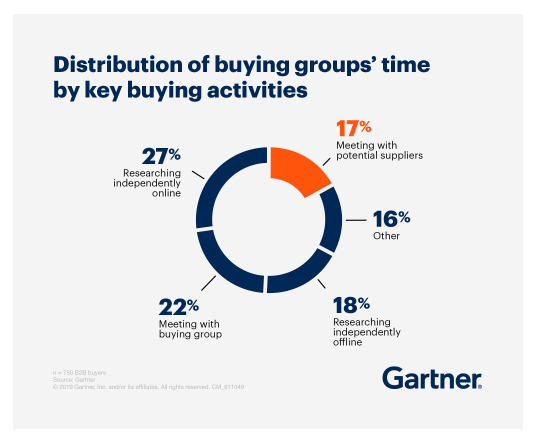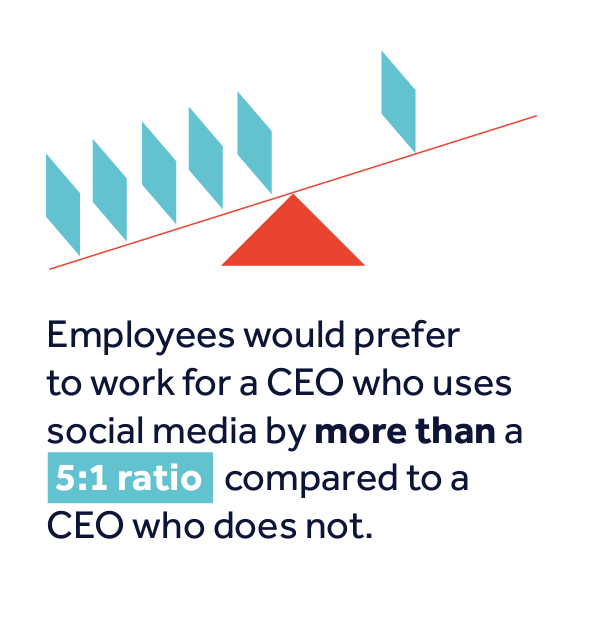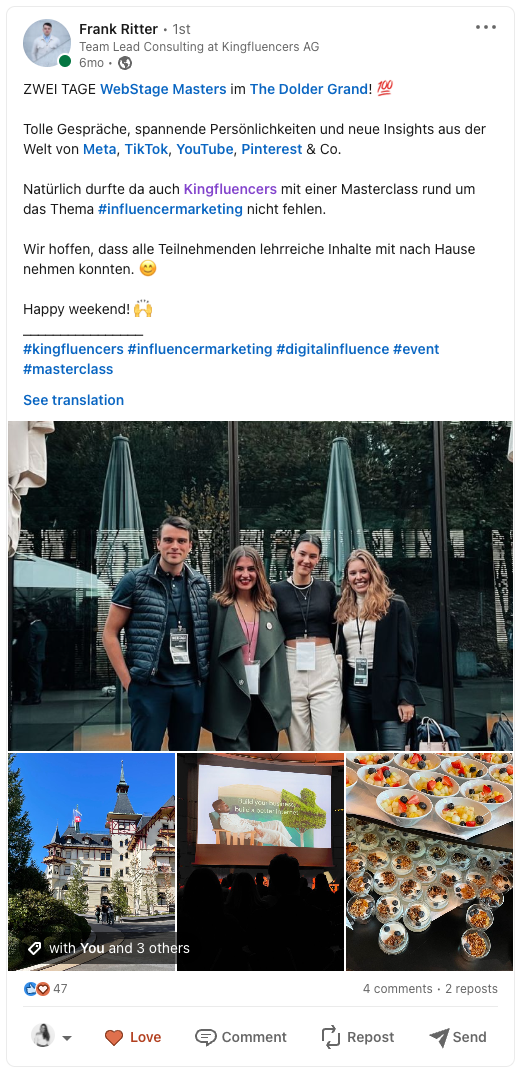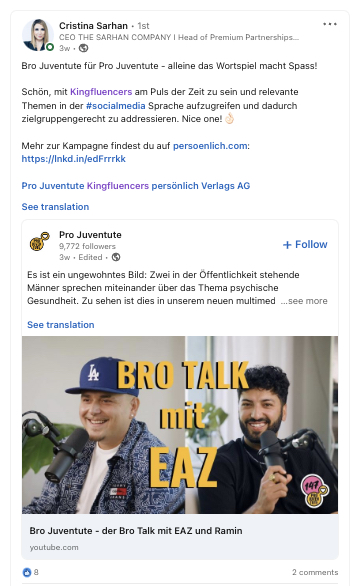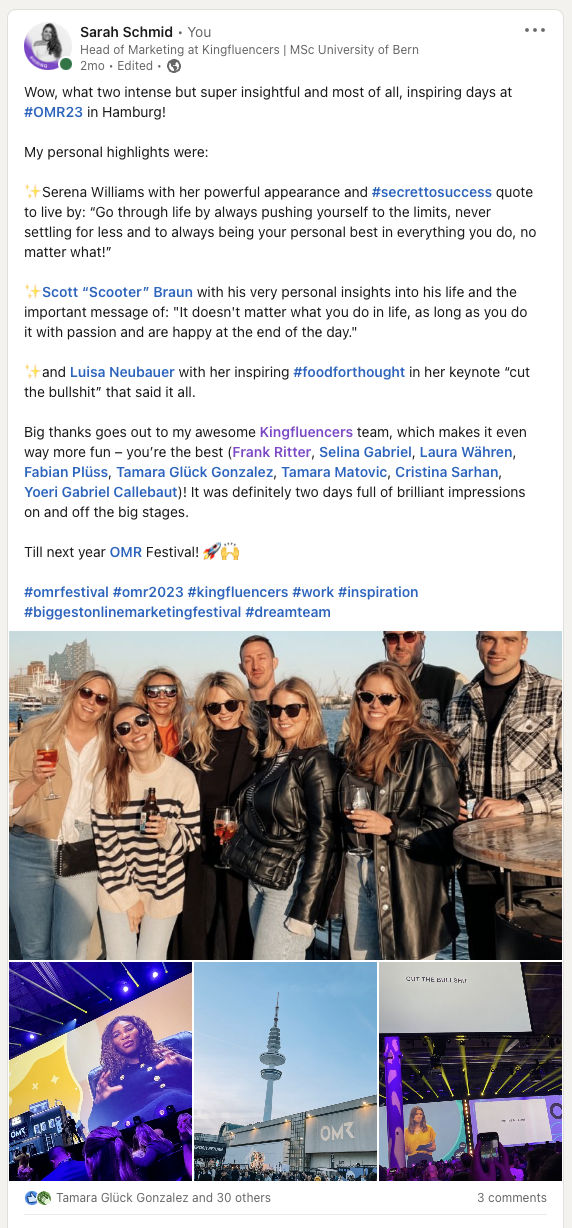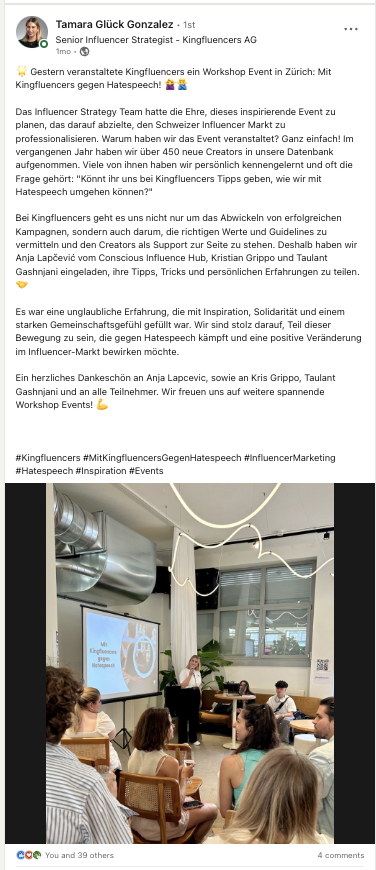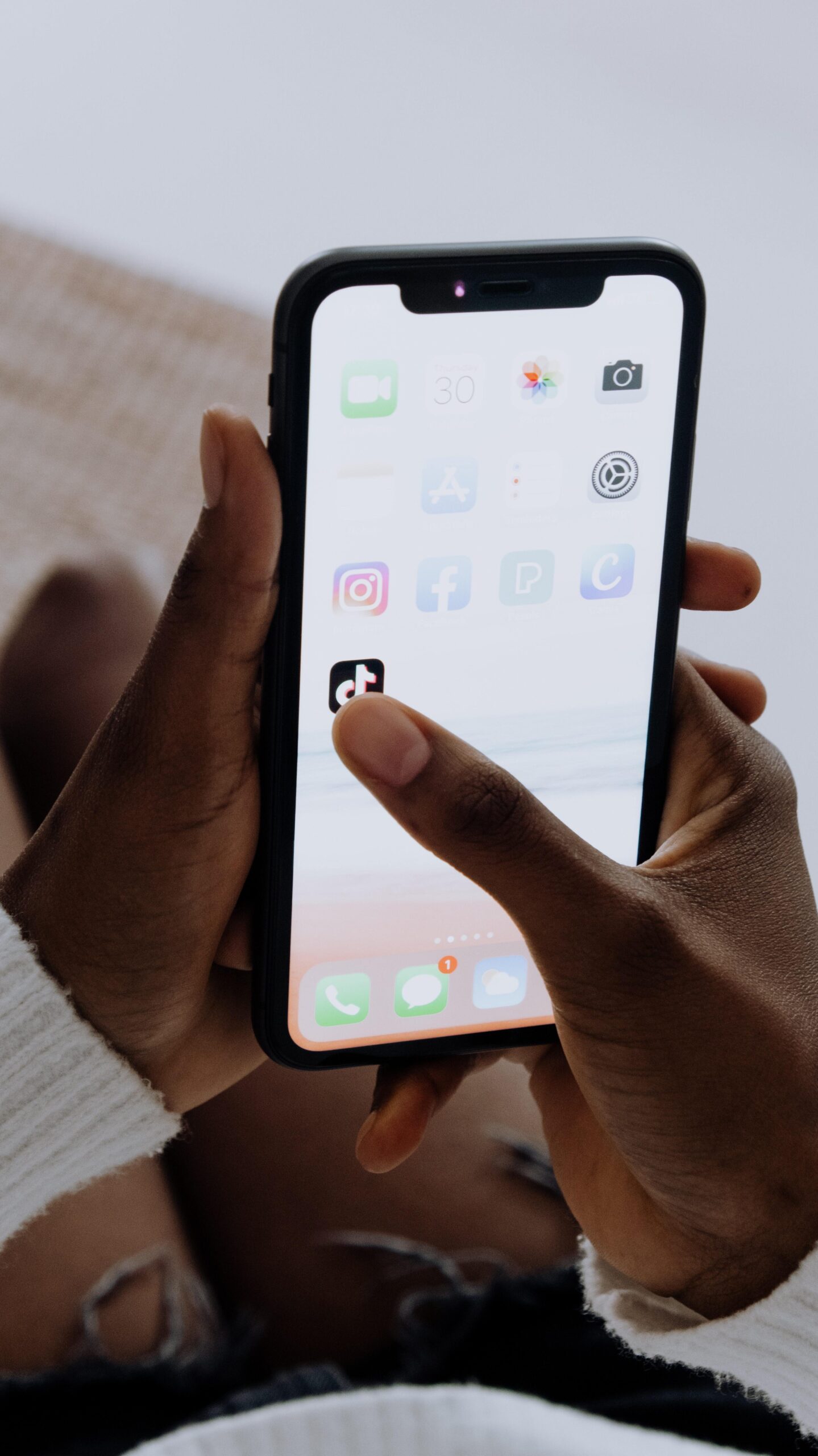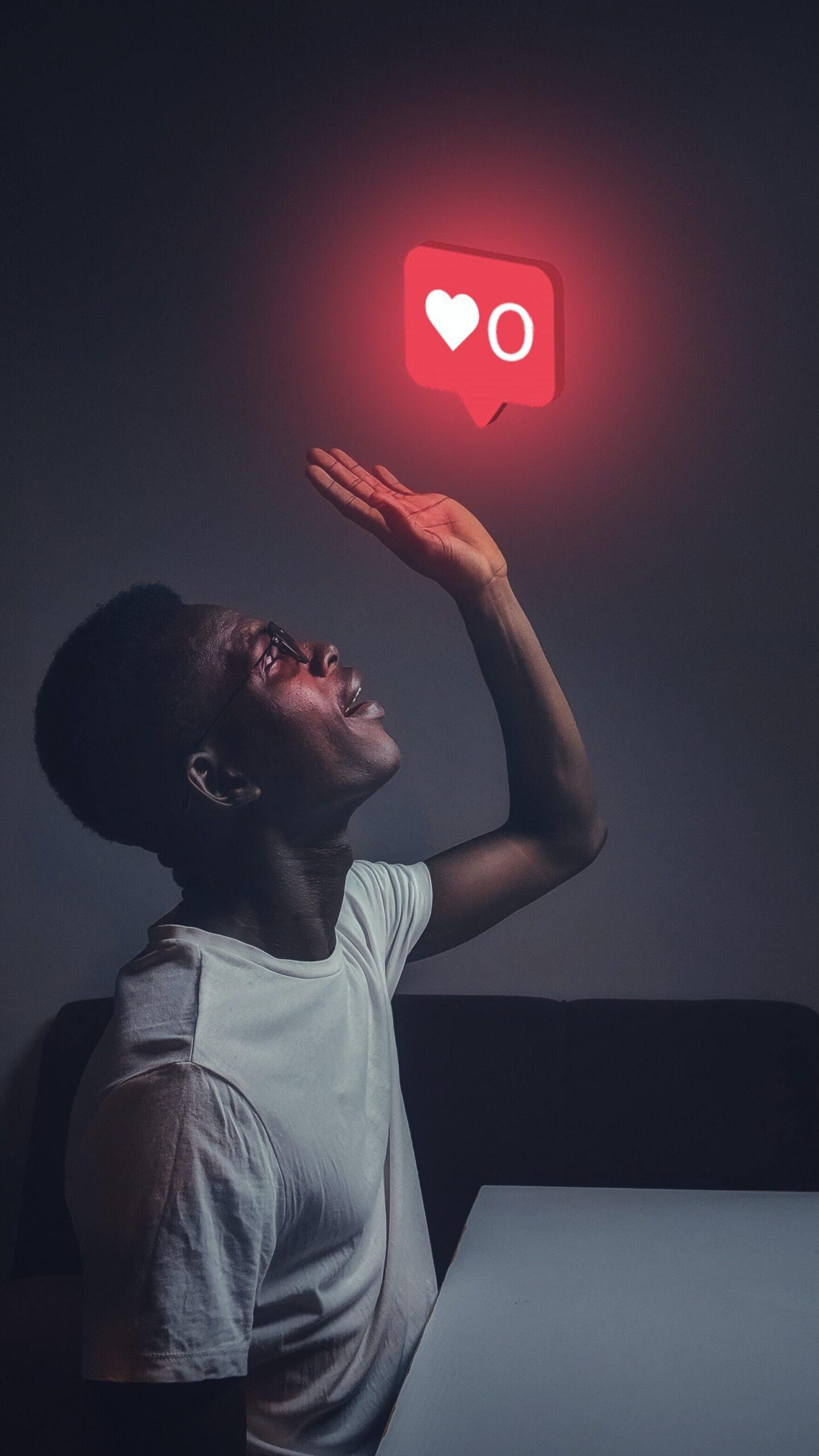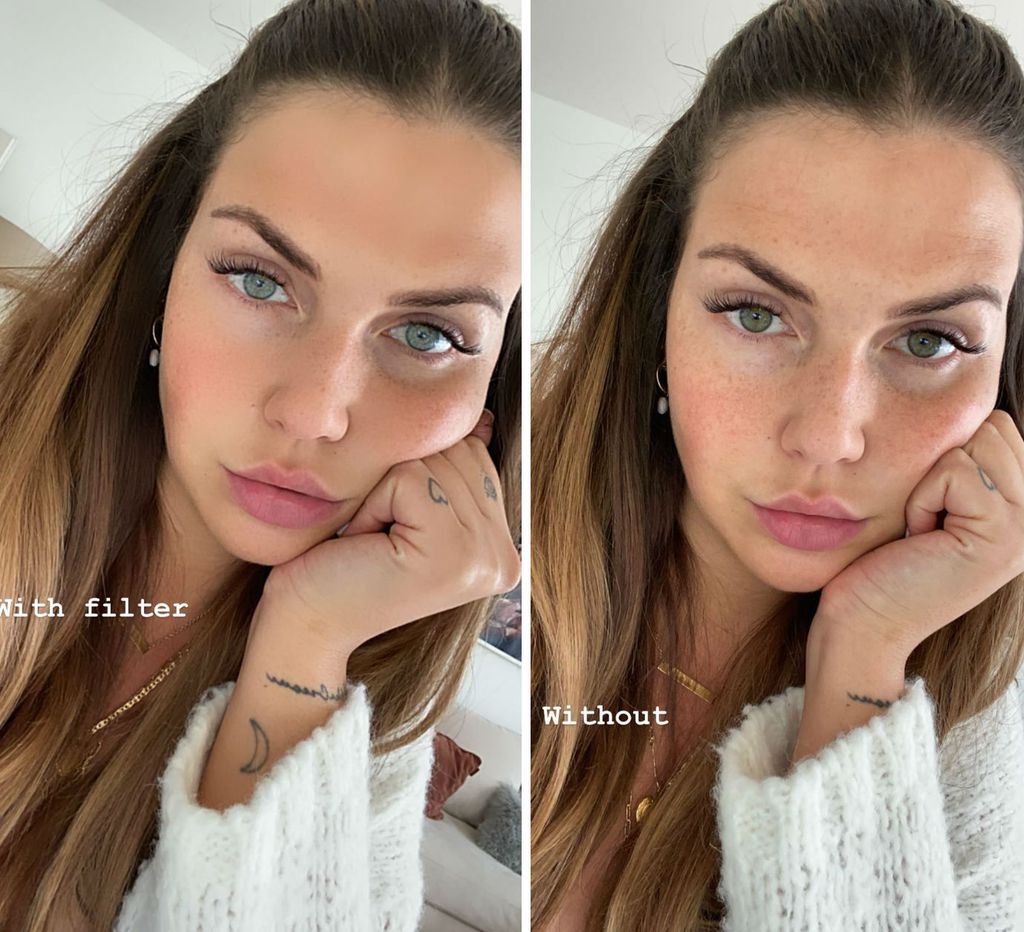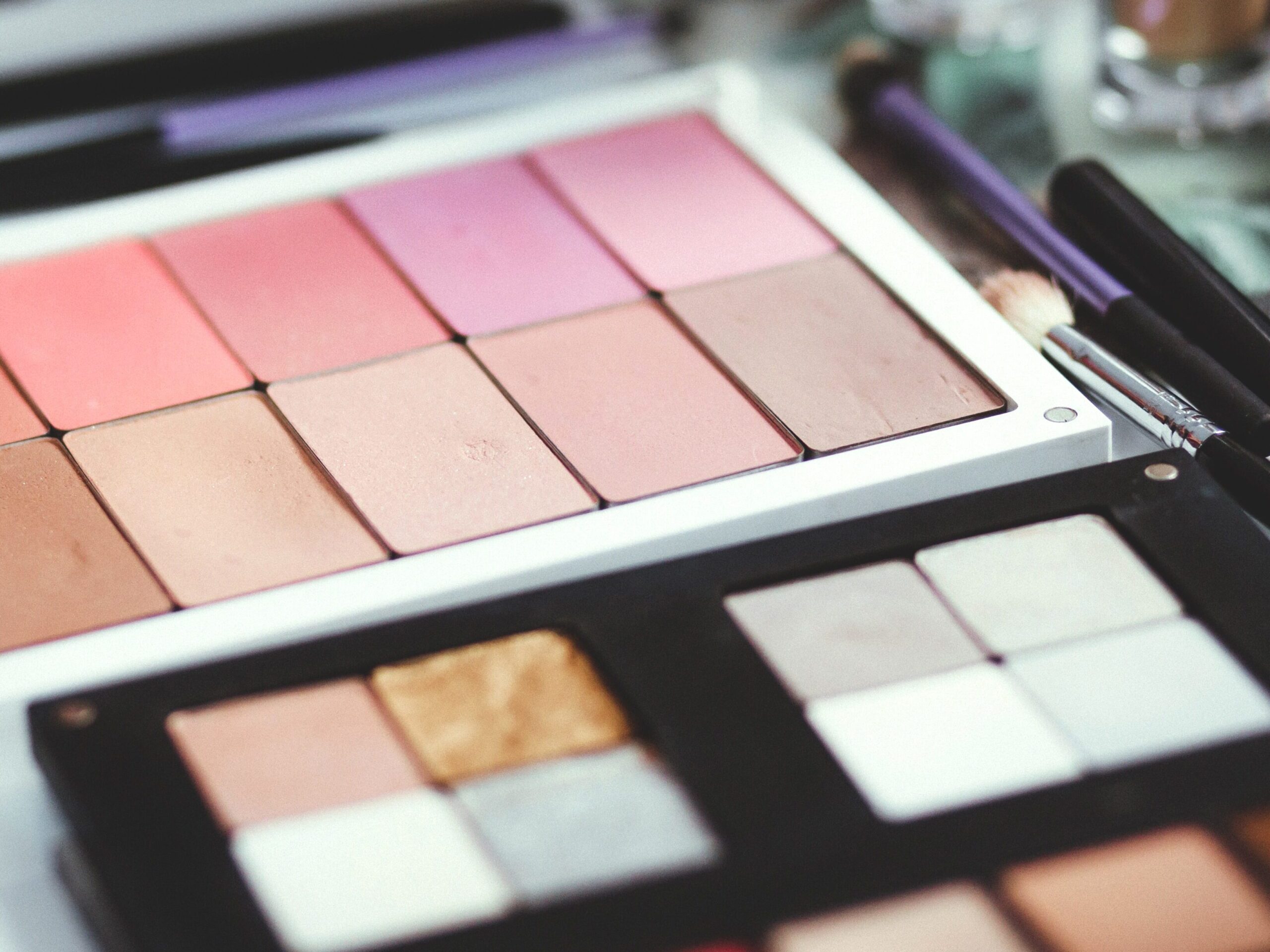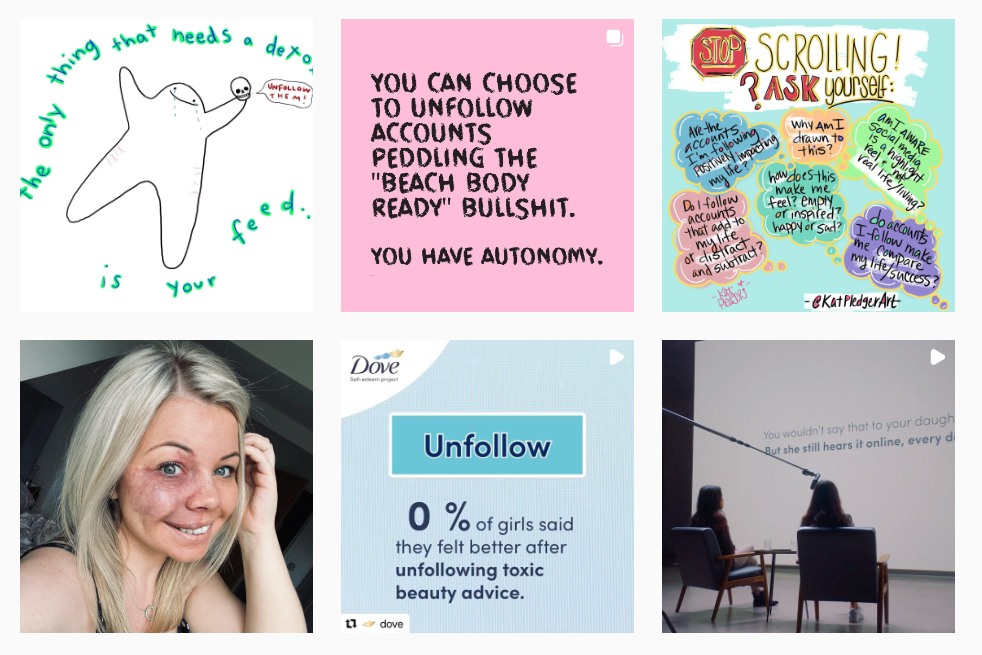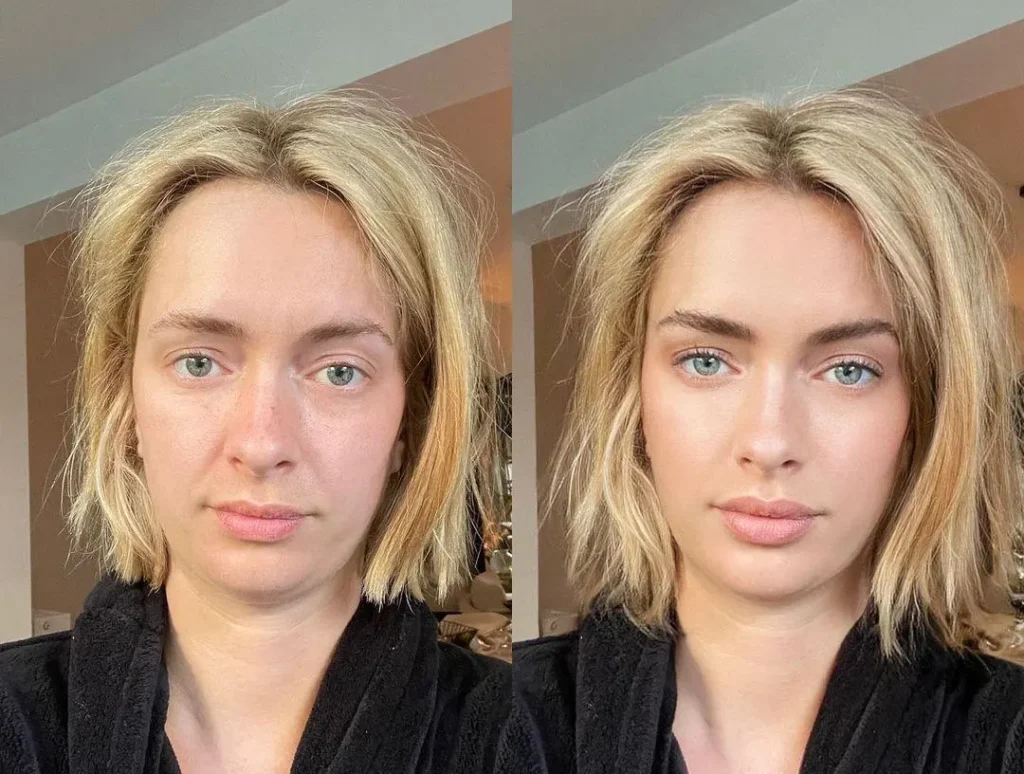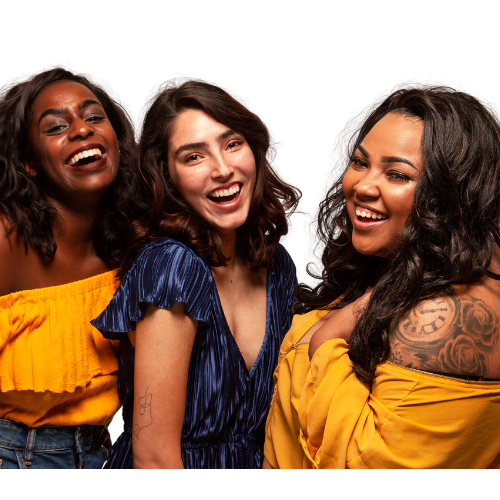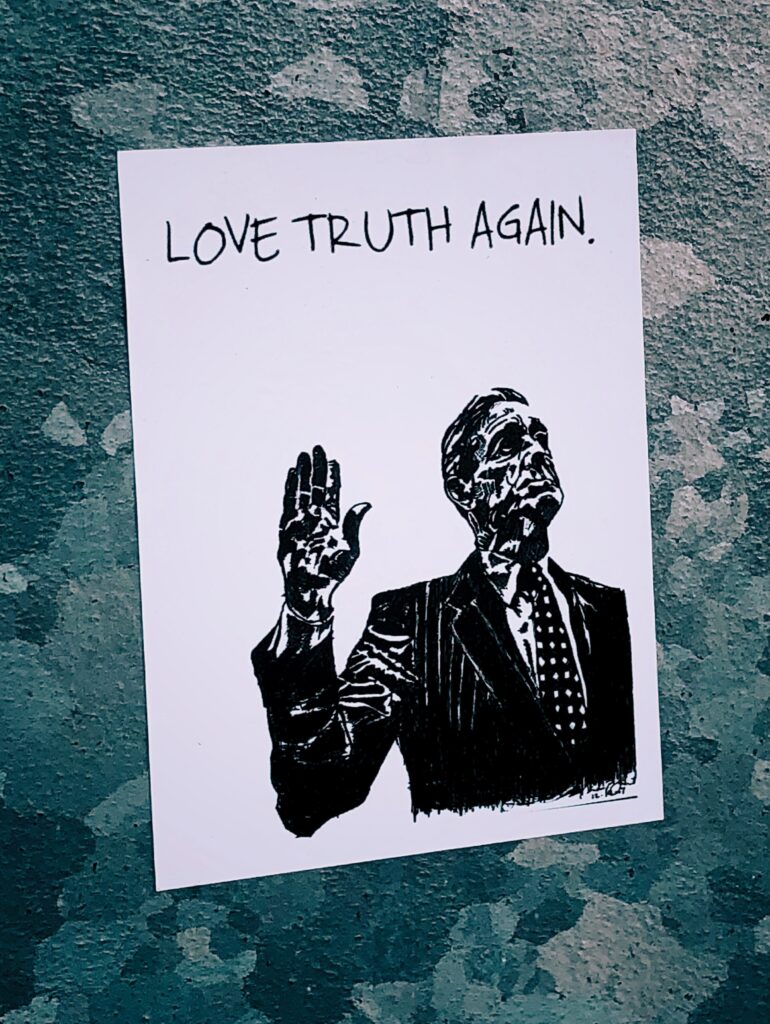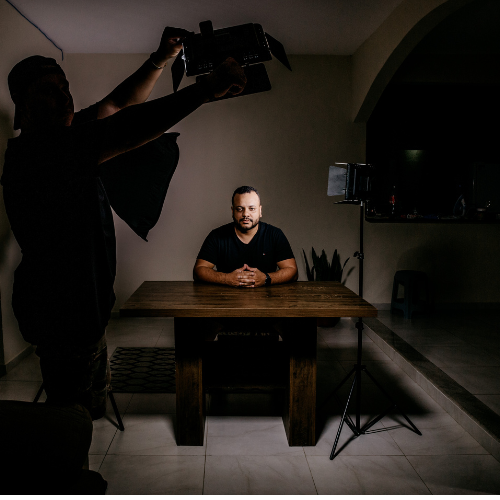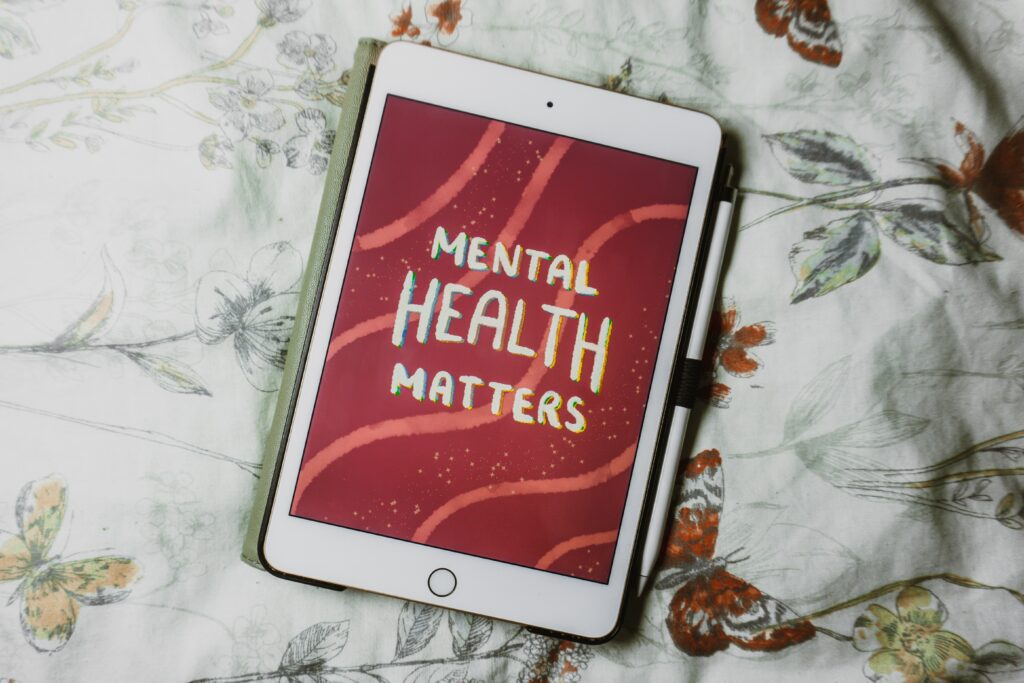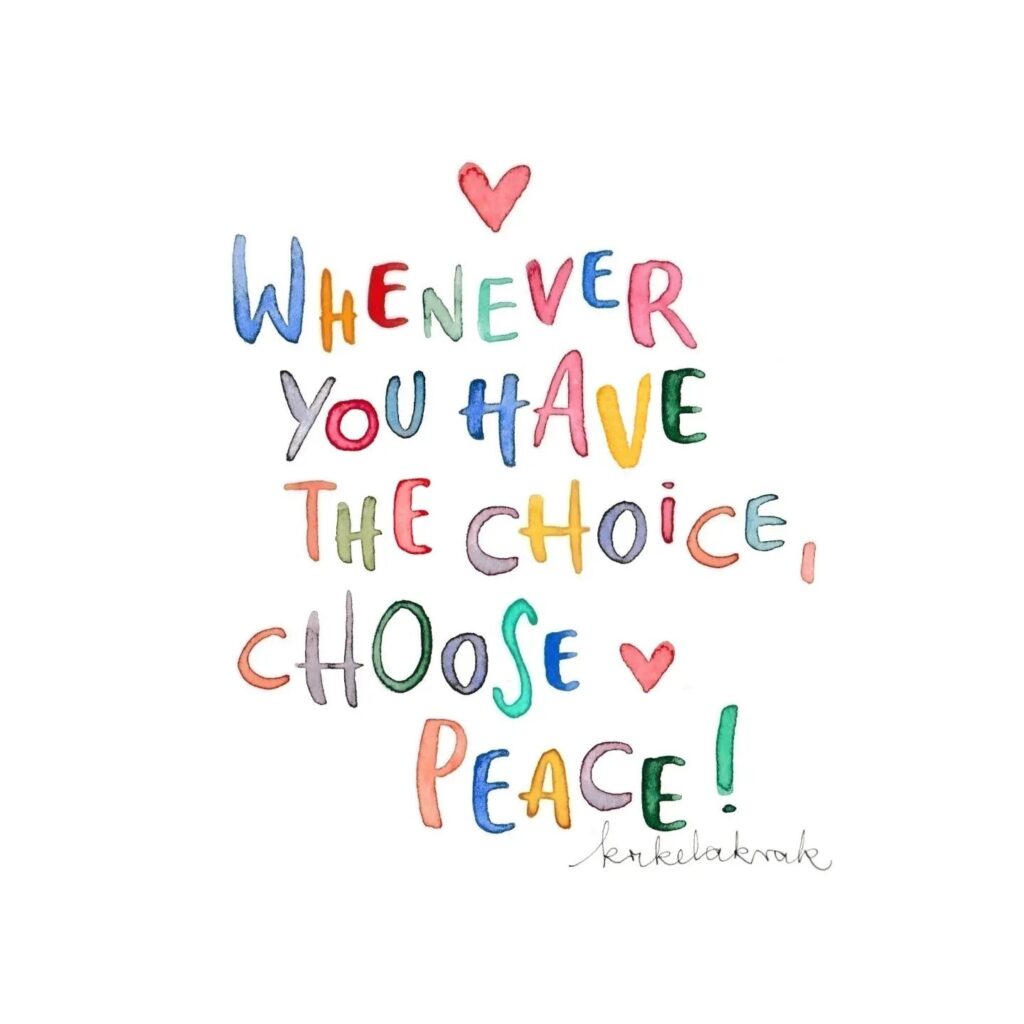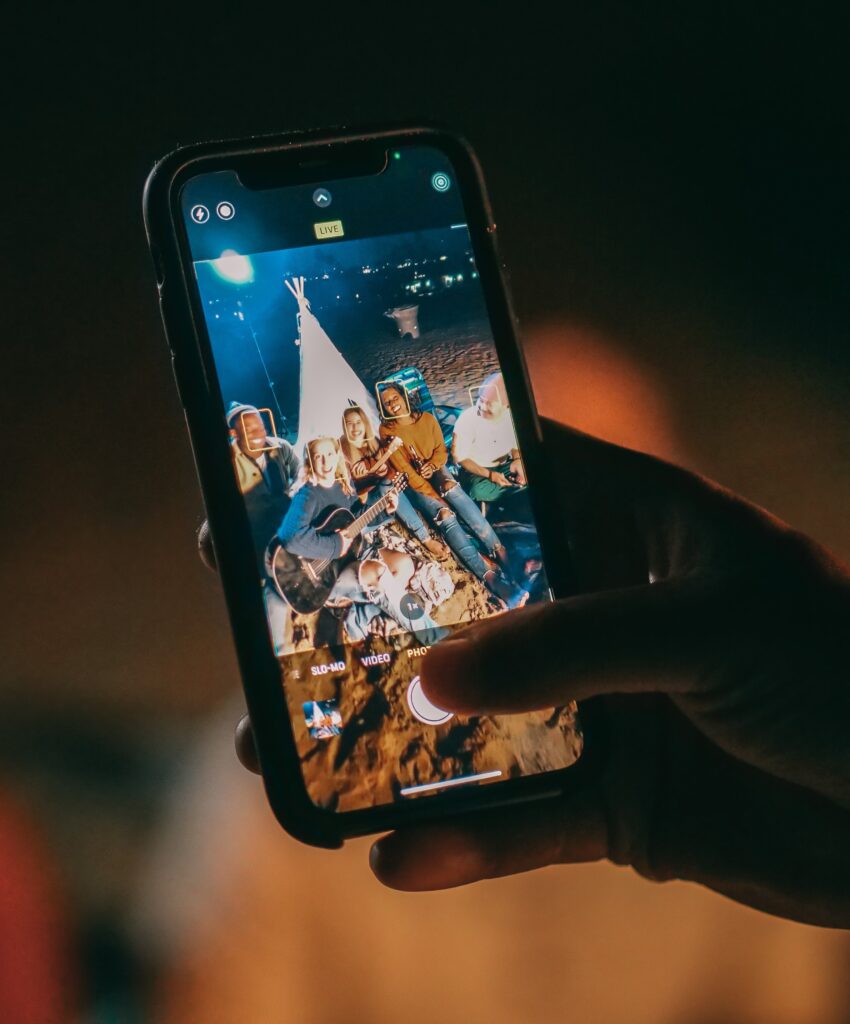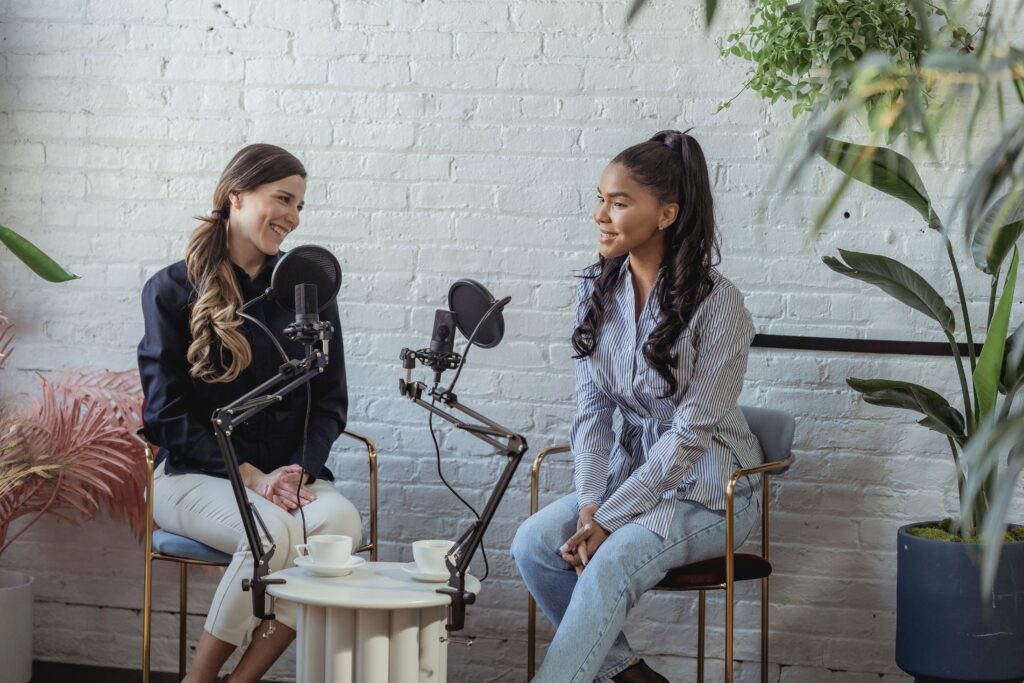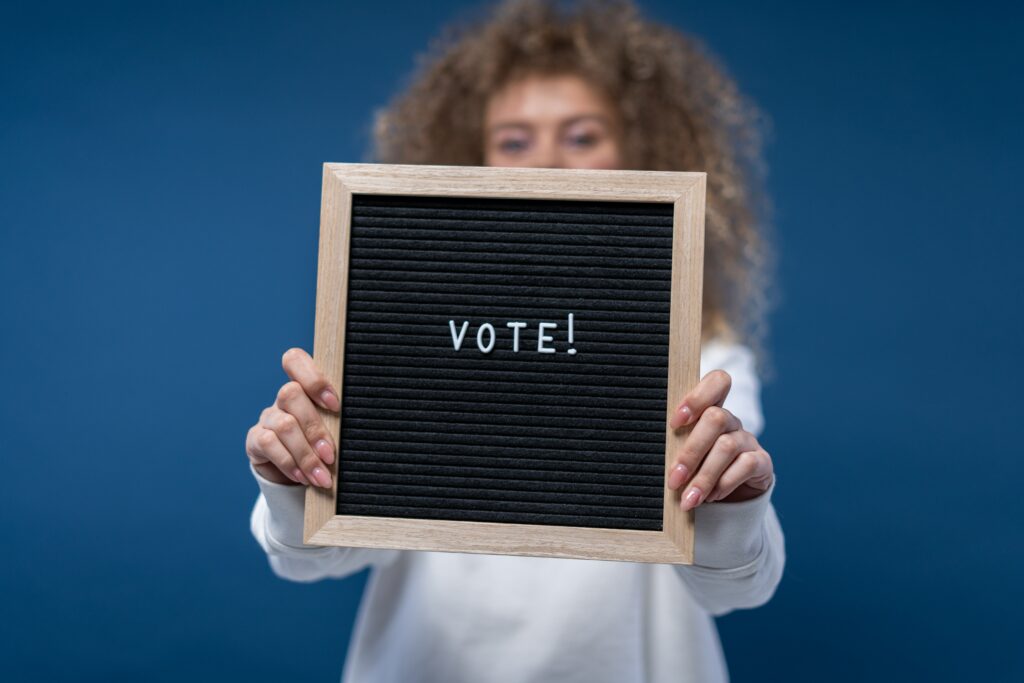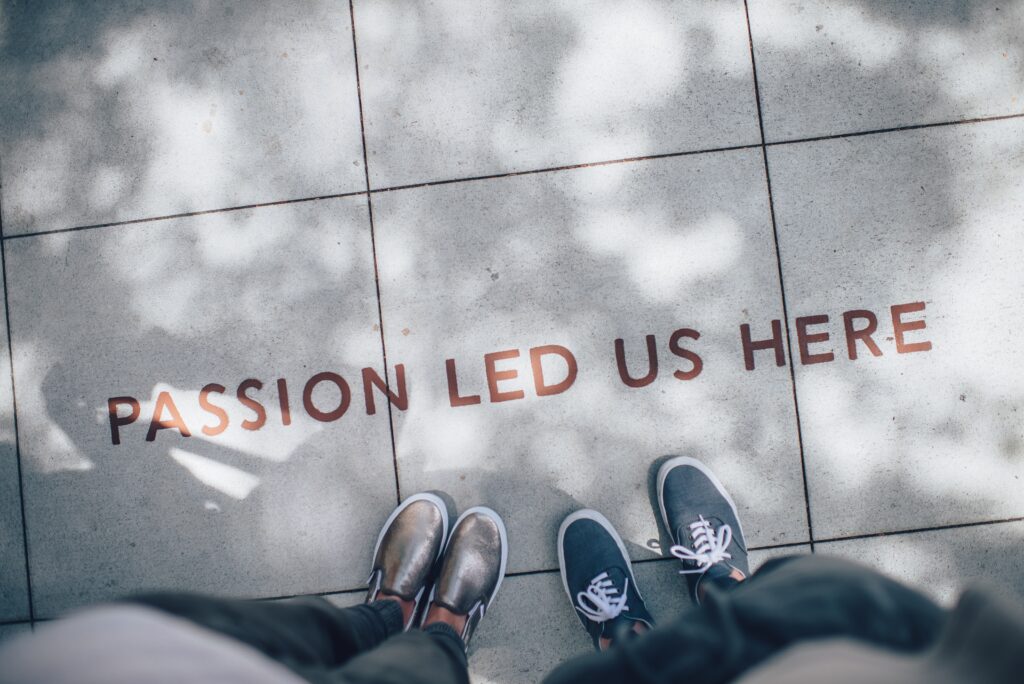How to be Another Success Story at StreetParade & Beyond
If you ask yourself what “the Power of Influencer Marketing at Events” brings for your brand and how to maximize your impact for your next campaigns, then read on.
The term “event marketing” conjures up images of exhibitor badges, giveaways, and sponsored cocktail hours. For marketers, it means a lot of logistics work. Influencers, on the other hand, are often associated with campaigns confined to social media – viewed as an entirely distinct marketing channel.
But by incorporating influencers into events, you can fuse the excitement of the event with authentic brand advocacy. The result is a synergy, with the whole being greater than the sum of its parts.
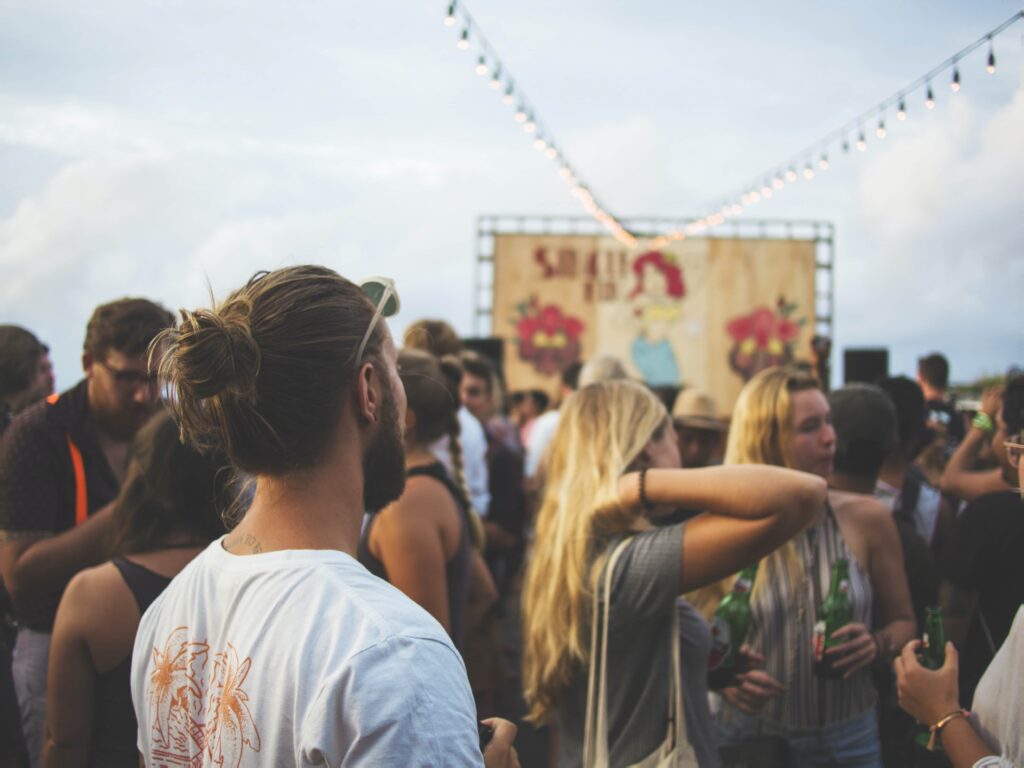
Events are a Vital Marketing Tool
For 61% of marketers, events are their most vital marketing tool. Many events, such as the annual Zurich StreetParade, already have huge visibility, making them excellent channels for brands to engage their audiences. Impressively, event participation leaves 98% of users feeling more inclined to make a purchase. Sponsorship of events helps to facilitate brand engagement for a whopping 98% of cases.
Coachella, a music and arts festival held annually in California, generates buzz through multi-faceted marketing, including big brand sponsorships, influencer marketing, and social media. When influencers attend and create content, the audience shares in their unique, personal experience of the festival, which is authentic and relatable. Brands foster content creation with experiences such as Absolut Vodka’s “Absolut Ultimate VIP Coachella Experience” contest. Such luxurious settings are often “Instagrammable,” driving the creation of beautiful, engaging content. Research shows that 40% of consumers become brand loyalists after a brand activation event.
The Power of Combining Influencers & Events
Similar to social media in general, brands can engage in their own marketing activities at an event– without influencers. But, again like social media, influencers provide brands with a way to stand out from the noise. Influencers give brands a real face that people relate to and help connect to consumers.
In 2022, the World Cup was hosted in Doha, Qatar, a city not previously known as a soccer hub. To promote the tournament, FIFA immersed 17 influencers in Doha’s culture. The campaign included influencers representing 5 countries that are major soccer hubs in order to deliver the necessary large, international exposure. The team achieved a total reach of 10 M, with a total engagement of 127K.
(Brands + Influencers) + Events = Synergy
With the proper strategy, brands can partner with influencers and use the marketing power of events to engage audiences.
Kingfluencers serves as a link between brands and creators.
Last year, in collaboration with StreetParade Zurich, we created an exclusive Kingfluencers VIP Stage and shared the experience with over 250 influencers. Under the hashtag #KingfluencersXStreetparade, the influencers shared the unforgettable day live with their communities. The creators published a total of 71 posts on Instagram and TikTok, achieving over 1.8 M impressions.
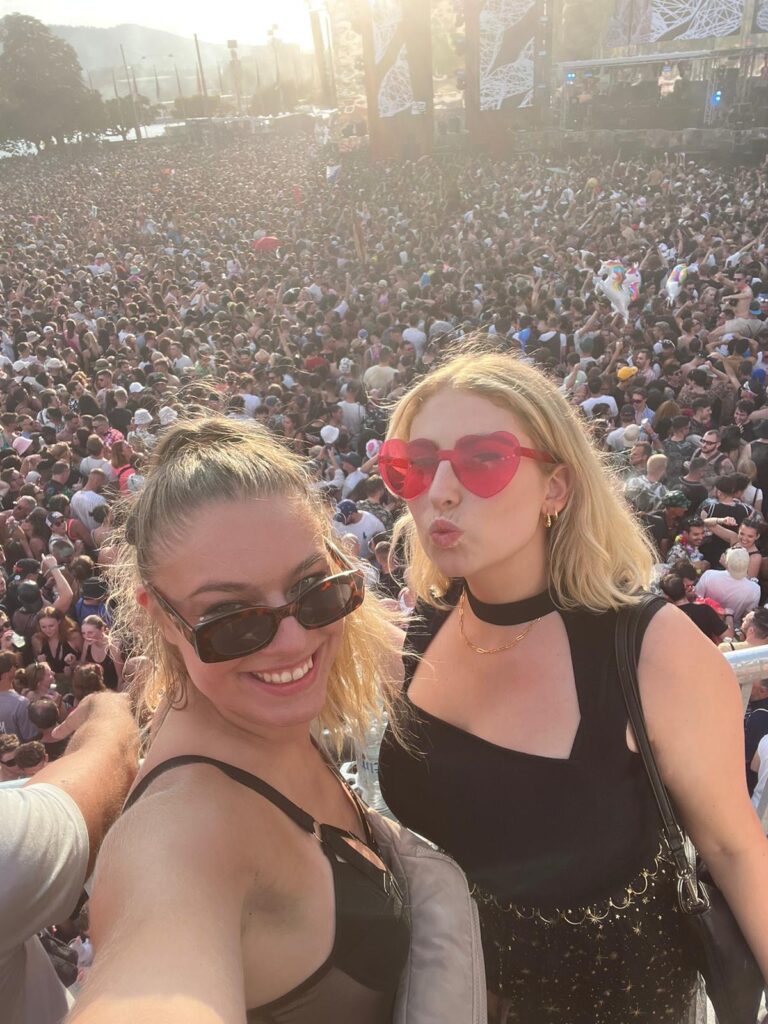
Join the Party, Share the Good Vibes
Building on the success of 2022, Kingfluencers was again part of StreetParade this year and hosted an event in which content creators celebrated brands, combining the excitement of the event with brand advocacy. Enjoying the comfort and support of ON RUNNING shoes, influencers danced in the exclusive VIP zone with the best view of the main stage. ON RUNNING shoes also provided a cool and refreshing installation, and our brand partner Maybelline delivered an onsite get-ready booth and amazing giveaway products.
Highlights include 2.2M (4.8M*) impressions, 210k (358k*) engagement, and an engagement rate of 7.0% (10.9%*).
*KPIs were estimated using internal artificial intelligence-based technology. The actual KPIs generally correspond to the figures in brackets, as significantly more was posted than tracked.
Some of the created content pieces by our influencers on-site can be found below:
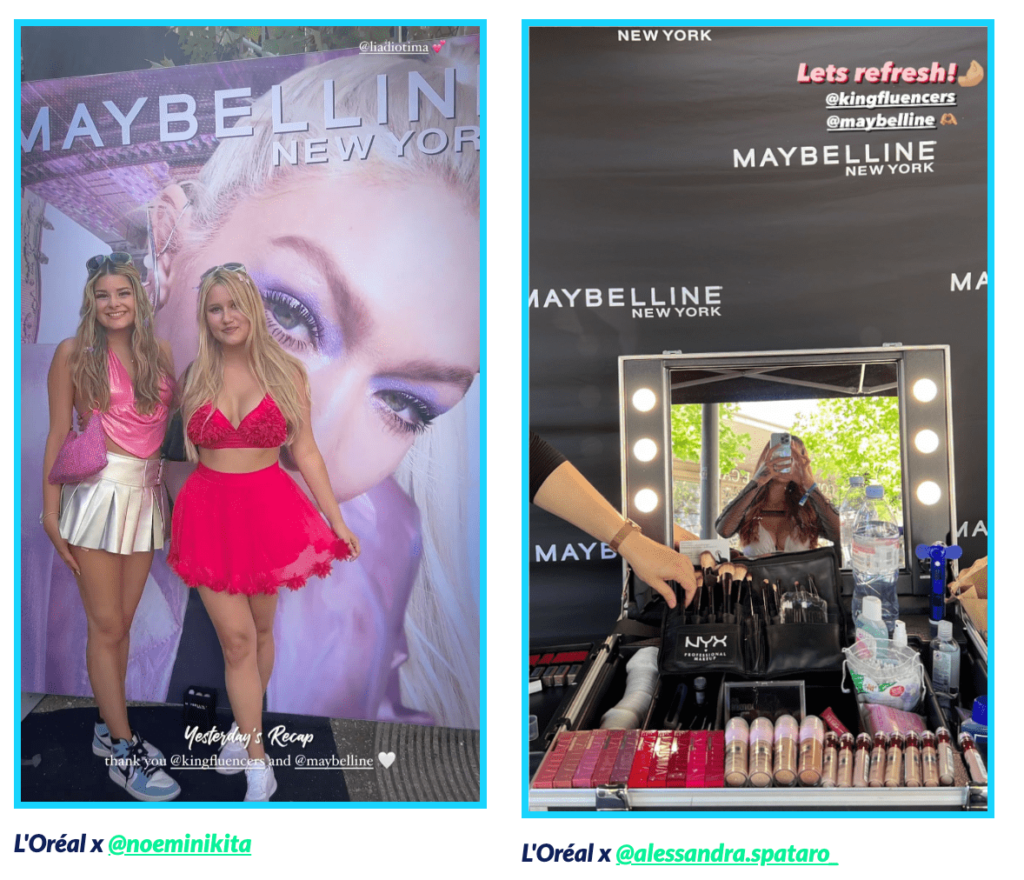
Nikita Noemi & Alessandra Spataro
for Maybelline L’Oréal
Tobias Burger & Edamey Hugentobler
for ON RUNNING
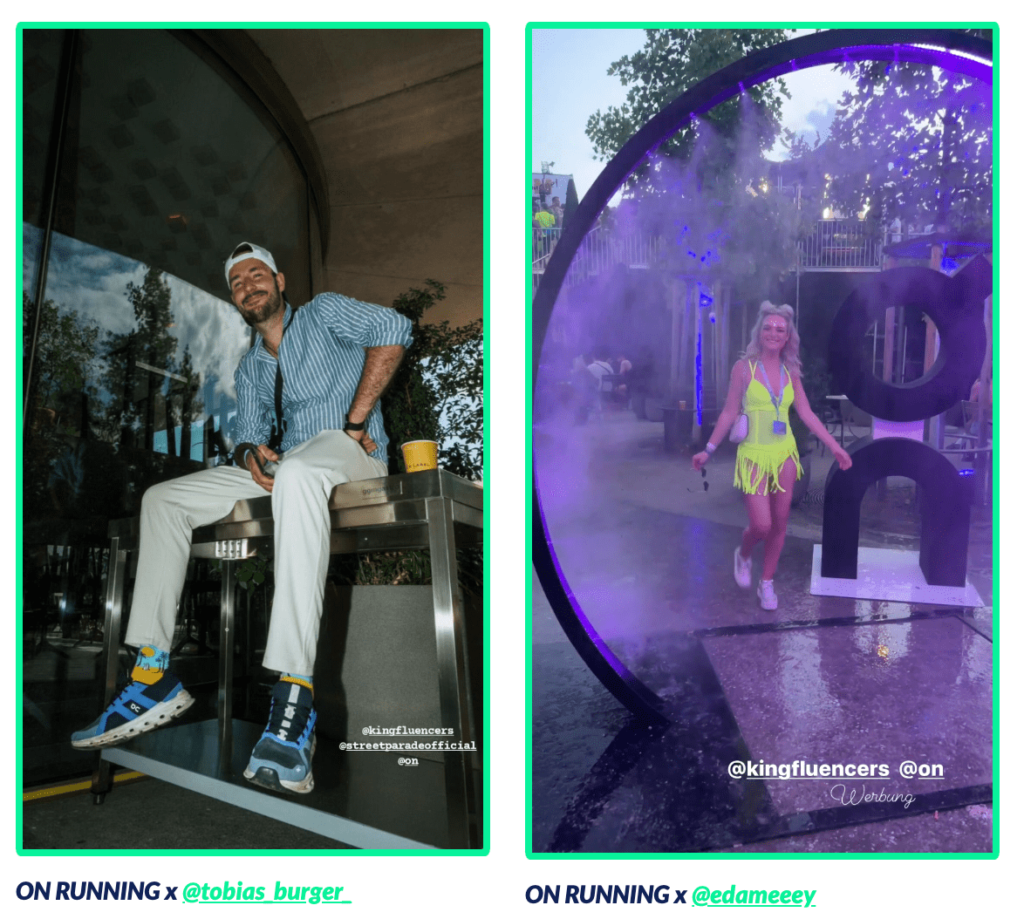
Kingfluencers’ content creators that were invited, such as Sven Ivanic, had a wonderful time:
The StreetParade itself is already a highlight, but the Kingfluencers team simply takes it to an even higher level. Great view of the main stage, great people from different areas, and good vibes. What more could you want?
– Sven Ivanic
The huge visibility of the event delivers the perfect opportunity for brands to generate buzz around your product or service in a fun atmosphere, surrounded by people enjoying themselves. Content creators can share authentic good vibes and promote your product in a way that doesn’t feel like a promotion.
Contact Kingfluencers to discuss how your brand can benefit from joining next year’s party.

12 Ways to Maximize the Impact of your Influencer Partnerships at Events like StreetParade
Involving influencers raises awareness of the event itself as well as awareness of your brand. Consider the following additional, creative steps.
1. Offer an exclusive, thrilling influencer experience
Delivering an immersive, exciting time for your influencers can build and strengthen their love for your brand, driving more impactful, authentic advocacy. This can also foster more content and higher content quality.
Together with L’Oréal Switzerland, Kingfluencers organized a pre-event for some of the influencers that were invited to the Swiss Influencer Award Show. Professional L’Oréal make-up artists and hairstylists pampered 20 influencers, including Alessandra Spataro. The fun experience also featured beautiful floral decorations from Blumenpost, some tasty bites from Eat Unique, and delicious rosé wine from Piu Vino.
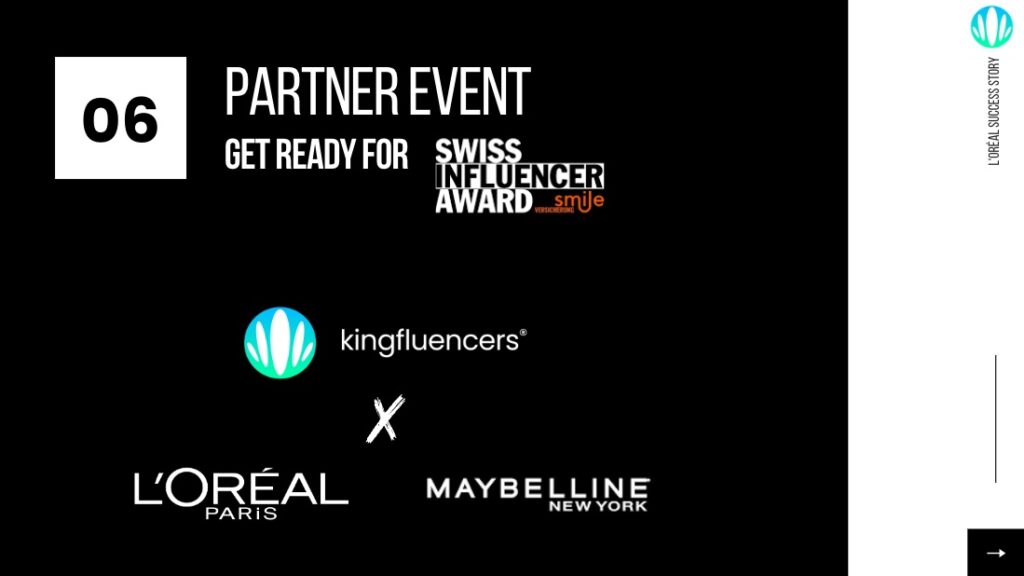
2. Ask influencers to invite their community to try your product at the event
Engaged community members can post genuine reactions and reviews, further expanding your reach.
3. Consider an account takeover
Enable an influencer to share their event experiences with your brand’s audience.
4. Try some guerrilla marketing by using the elements of surprise and wonder.
Event attendees are already expecting thrilling, unique experiences. Join the fun with experiential marketing and unconventional and inventive displays. For example, the “Amex Experience” lounge at Coachella offered American Express cardmembers fun activities such as printing their photo onto a limited-edition Coachella tote bag.
5. Run contents & challenges before & during the event
Add to the anticipation in advance of the event by hosting contests and challenges. Keep the content going throughout the event and involve your influencer partners in activating their communities over a longer period of time.

Kingfluencers ran a campaign for Stimorol in combination with Zurich Openair (ZOA) which achieved excellent KPIs: 2.2M impressions and 45K engagement. In the first phase, influencers promoted a contest before the event to win tickets to ZOA thanks to Stimorol. In phase two, influencers were onsite at the festival, interacting with the community doing Stimorol samplings and funny interviews and challenges.
6. Repurpose the content afterwards
Use the content created during the event across multiple channels. Consider hiring photographers and videographers to create high-quality content with your influencers.
7. Partner up with another brand
In addition to partnering with influencers, consider teaming up with another brand to expand the audience you can reach. By pairing up with a complementary brand, such as food with beverage, you can create delightful experiences for your combined audience.
8. Livestream the event
Share the fun in real-time live on social media, streamed as part of an account takeover by an influencer or marketing agency, or by internal brand employees.
9. Offer branded goodie bags
Everyone loves some swag, and unboxing a goodie bag is fun content to share. Harness the power of FOMO by offering giveaways to event VIPs and influencers.
Interestingly, FOMO is an especially helpful marketing tactic if your target audience includes millennials. 69% of millennials experience FOMO, the highest percentage in any age group. Include branded items like clothing and gadgets to mix the digital with physical experience.

10. Promote incentives
Offer special promo codes for your influencers to share with their community during the event. Consider making the offers short-term to further drive action.
11. Create online event resources
Build assets such as unique landing pages on your brand’s website. Make sure your audience knows the scope of your involvement in the event so they can participate by attending in person, watching your live stream, joining your content, etc.
12. Plan properly & clarify expectations
Regardless of which of the above ideas you incorporate, make sure expectations are clear and your brand can expect a return. Well-structured campaign must include clear briefs and expectations to avoid misunderstandings and disappointment. For example, share a “script” of key message points with influencers to maximize content usability after the event.
Author: Megan Bozman, Owner @Boz Content Marketing


